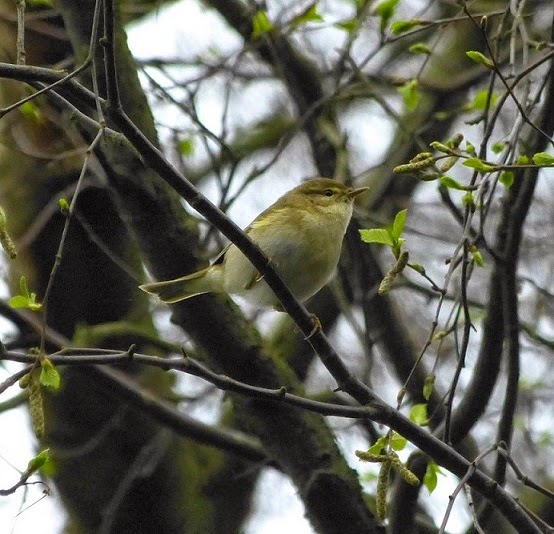Over the past two or so years there have been occasional reports of single Red Kites being spotted flying over the Churnet Valley (Cheadle, Oakamoor, Endon.). Today there were two birds seen near Froghall. To my knowledge this is the first time two have been spotted together in the area. Why is this significant? Well, up until the 17th centuary Red Kites were a common feature of urban areas of Britain, they were valued for their habit of scavenging for dead animals which helped keep cities and town free of fly-ridden carcases. Then with the advent of sport-shooting for birds such as pheasant and Red Grouse Red Kites, along with other raptors were persecuted by gamekeepers. In addition to this in Victorian times the birds were killed for taxidermy displays and eggs collected by (misguided) amateur naturalists. Then, after WW2 and the advent of modern pesticides (e.g. DDT, Aldrin, Dieldrin) Red Kites, along with some other birds of prey, suffered from egg shell thinning as result of eating insects that had been poisoned by the agricultural chemicals. This led to serious population declines, so that Red Kites were almost extinct in our country.
Then, after a long campaign these pesticides were banned from use, and in the late 1980s a Red Kite reintroduction scheme was begun. Initially the birds were introduced, from Spain and Norway, into Wales and the Chilterns. Certain farmers were paid to put out supplementary feed for the kites. Since that success the numbers of birds have increased and their range has spread out from the original reintroduction sites, plus there have been further reintroductions into other parts of Britain, the East Midlands being one. Where "our" Red Kites hail from, I do not know for sure, but I believe they are seen over the West Midlands so perhaps our birds came from E. or W. Mids. Wherever they are from they are a very welcome sight and I look forward to them becoming a regular breeder in the Churnet Valley.
The photo below is taken from Wikimedia Commons and is courtesy of Tony Hisgett.
Red Kites are one of our larger British birds of prey, they are larger than Buzzards but smaller than Golden Eagles and White Tailed Eagles - so given that we never see those two species in the Churnet Valley they are the biggest bird of prey you will see in our area!










.+Tittesworth+Water+26+Feb+2014.jpg)




